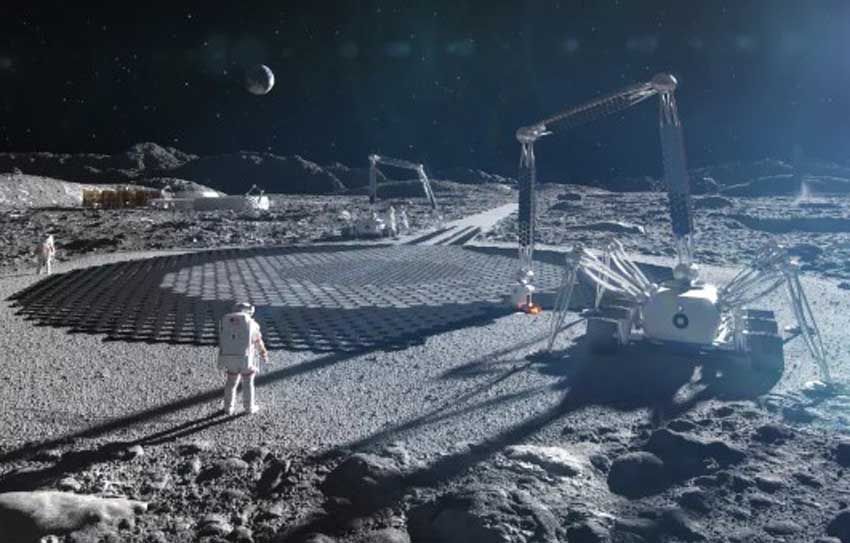Loading…
NASA has disbursed funds of US$57 million or IDR 896.2 billion to build the construction of an outpost on the Moon. Photo/ICON
ICON launched Project Olympus in 2020, claiming its technology could help build critical infrastructure like airstrips, roads and habitats on the Moon and Mars. ICON has produced a prototype of sorts, a 3D printed Red Planet habitat called Mars Dune Alpha, to train NASA astronauts on long-range missions.
NASA’s new contract, awarded through the agency’s Small Business Innovation Research program, will help the company develop its technology and practices. ICON plans to use the money to study what lunar soil or regolith is like and use it.
Read also; 3 conspiracy theories questioning manned moon landing, this is NASA’s explanation
ICON will also test its hardware and software in a space mission that simulates the moon’s gravity. And there will be more ambitious trials, if all goes to plan.
“We are changing the paradigm of back-and-forth space exploration, to be there to stay. We needed a robust, resilient, large-capacity system that could utilize local resources on the moon and other planetary bodies,” said the co – ICON founder and CEO Jason Ballard was quoted from the Space.com page, Wednesday (11/29/2022).
NASA’s interest in lunar construction systems is not surprising. Through the Artemis program, NASA is trying to send humans to the moon and stay there for the long term.
Read also; India again targets moon landing mission with Chandranaya 3 robot
The first Artemis mission, Artemis 1, launched on Nov. 16, sending an uncrewed Orion capsule into lunar orbit. The Orion capsule will return to Earth on December 11 and land in the Pacific Ocean.
“To explore other worlds, we need innovative new technologies tailored to those environments and our exploration needs,” said Niki Werkheiser, director of technology maturation at NASA’s Space Technology Mission Directorate.
(wib)

:strip_icc():format(jpeg)/kly-media-production/medias/4121708/original/031333200_1660292093-pexels-anton-4132538.jpg)
